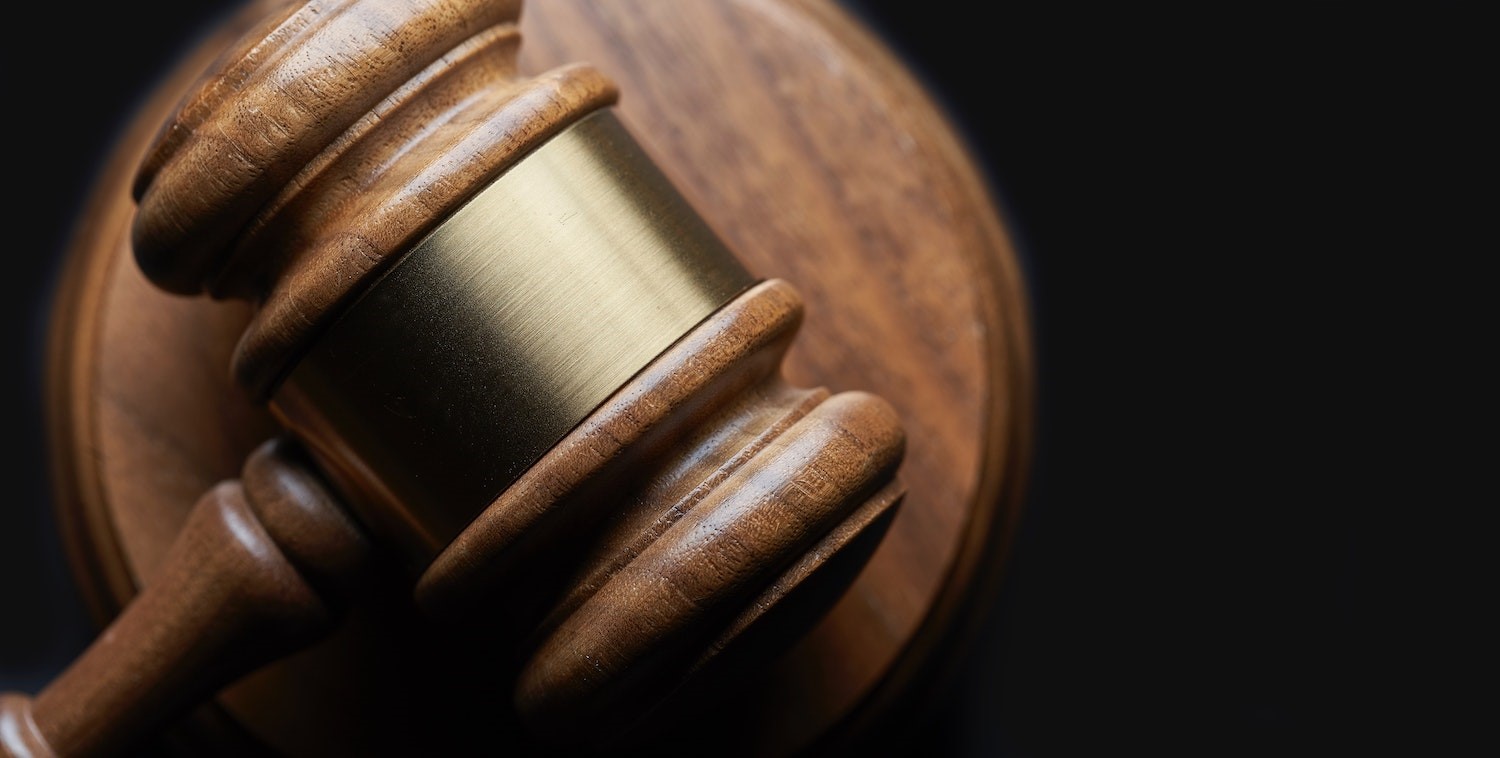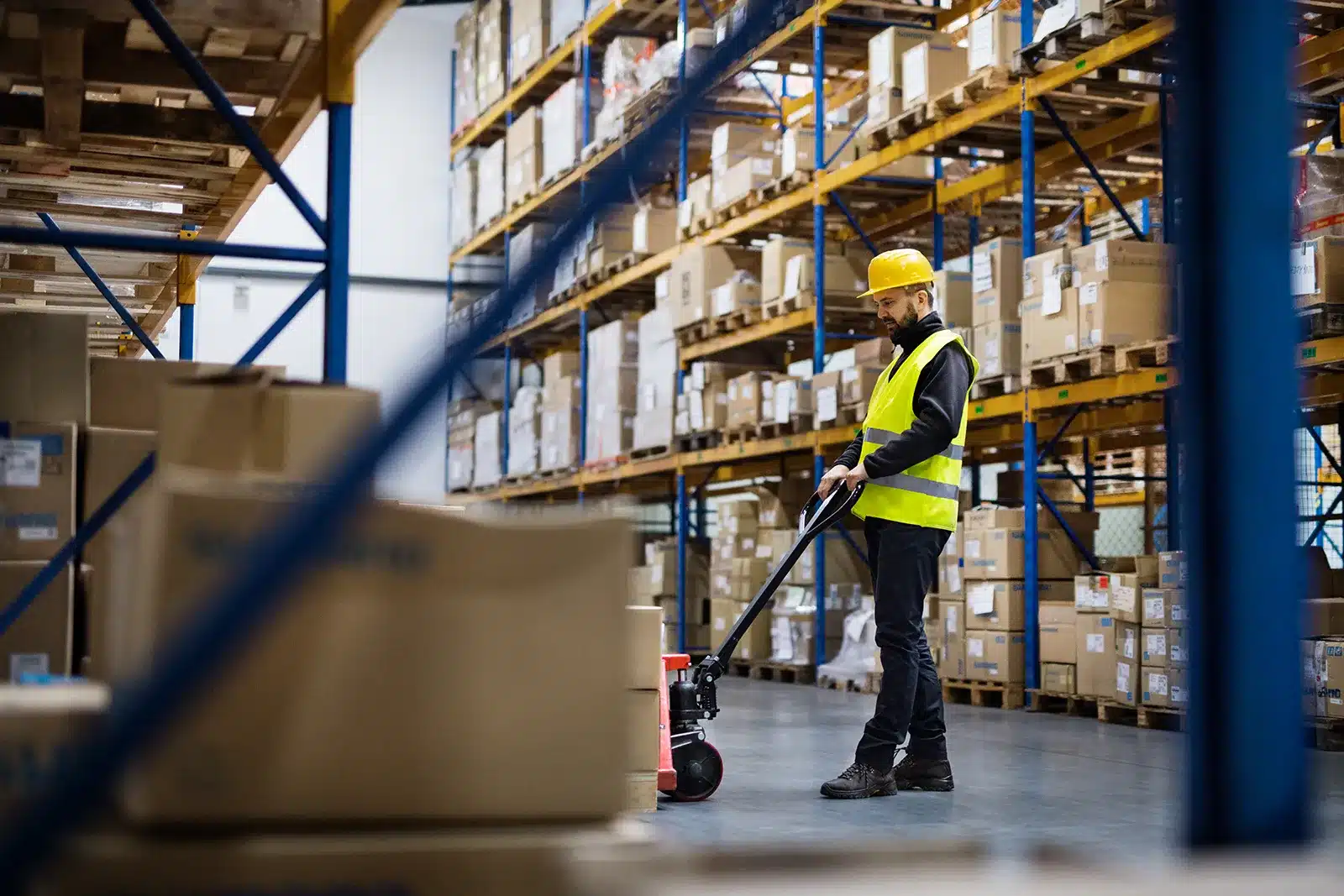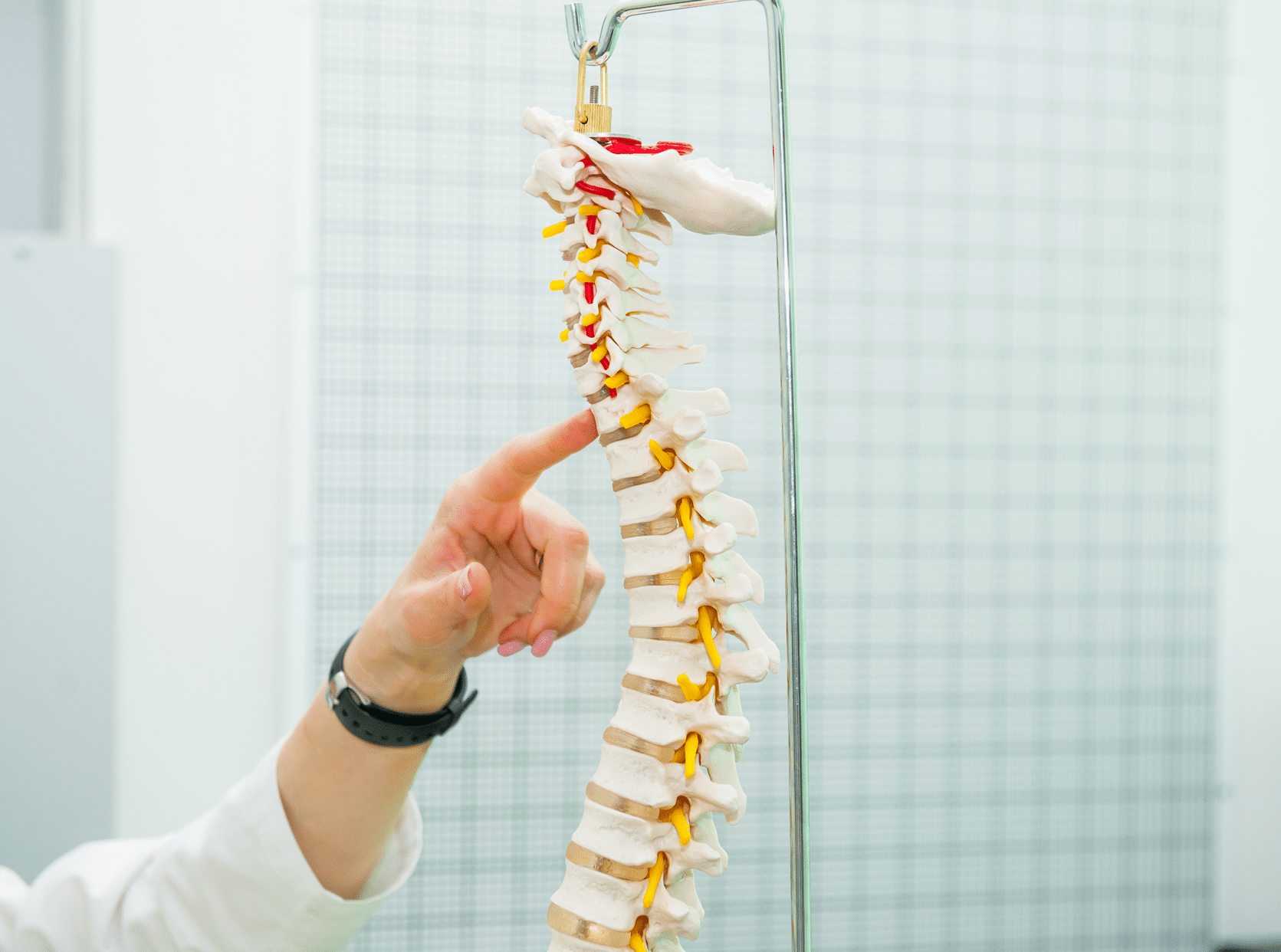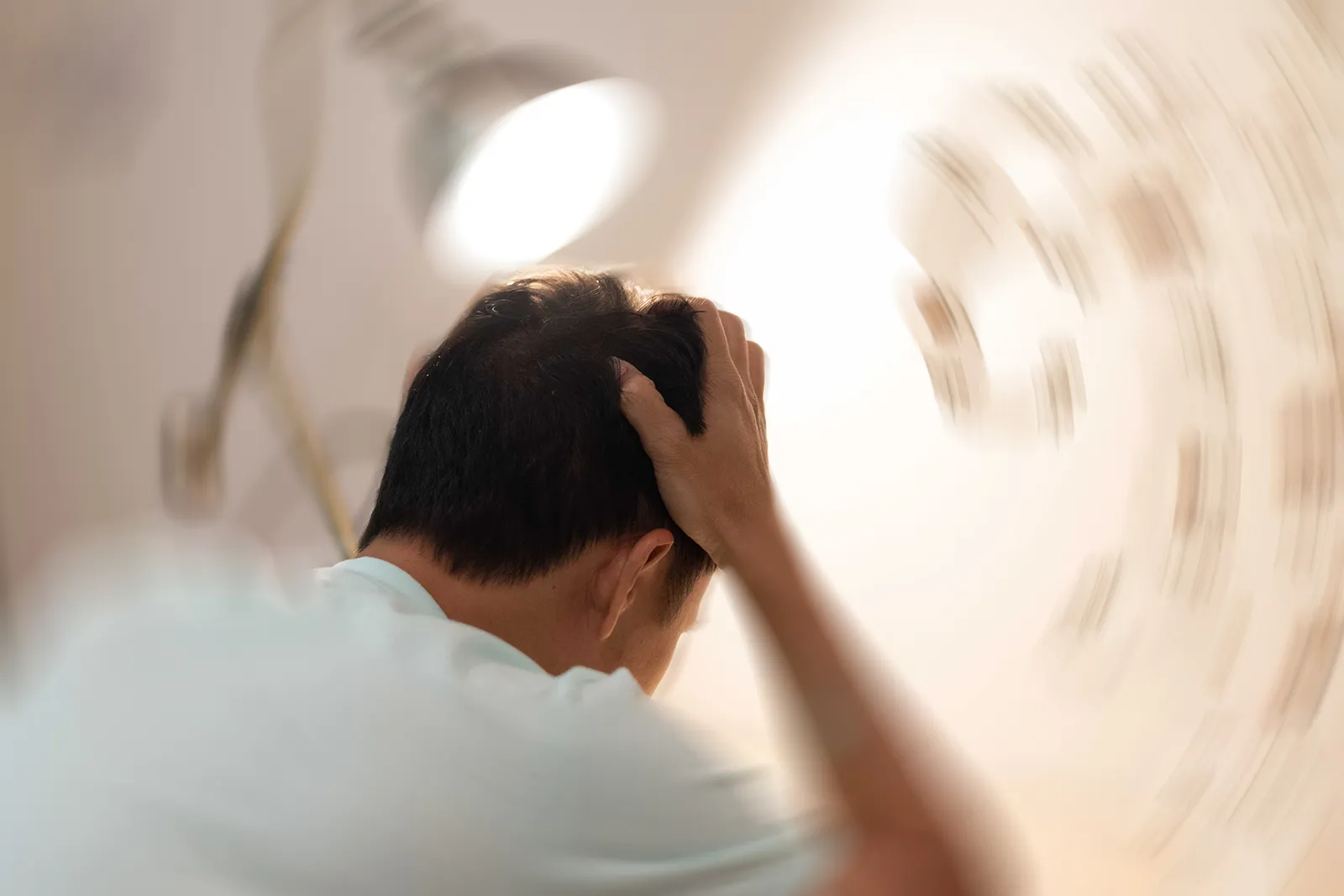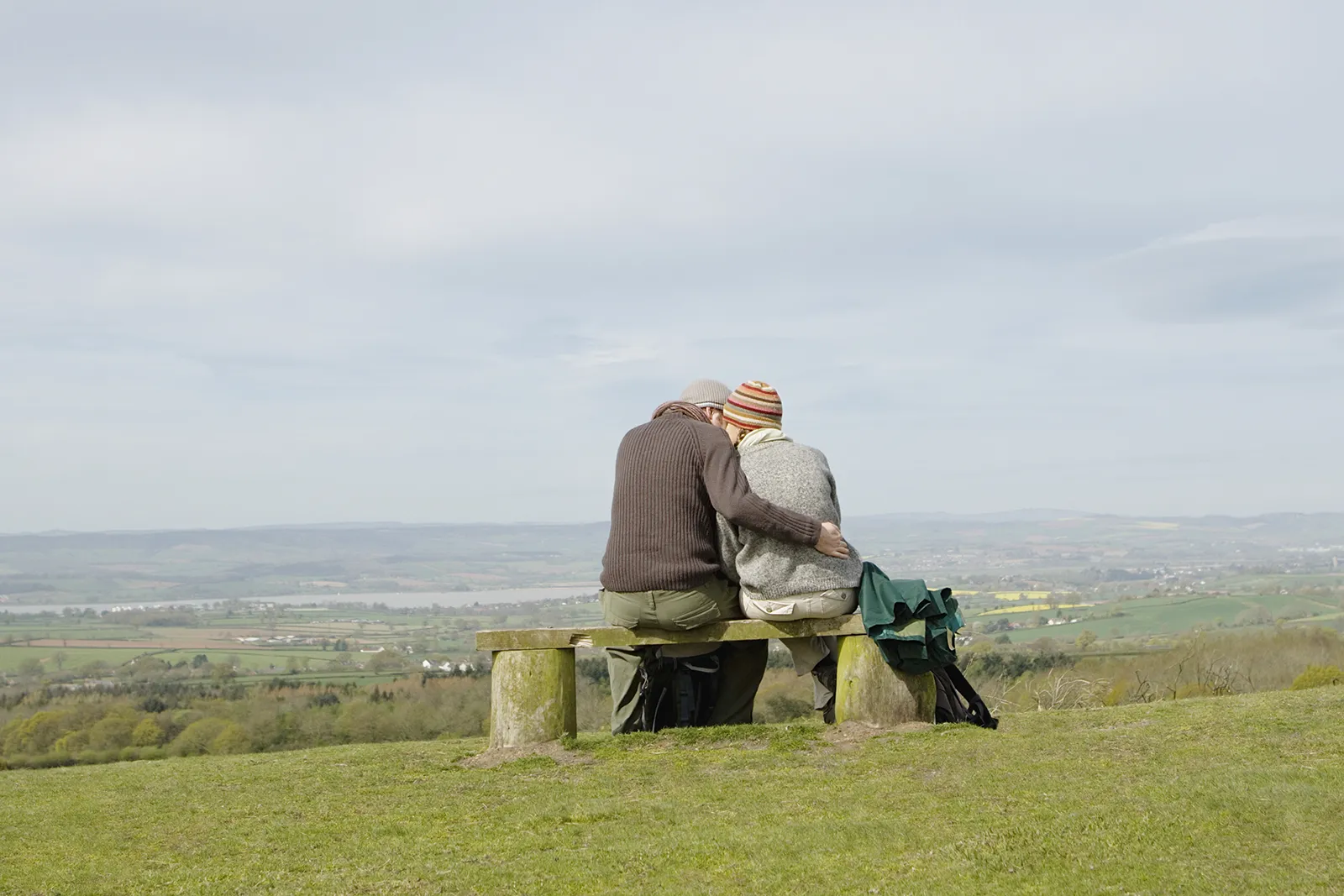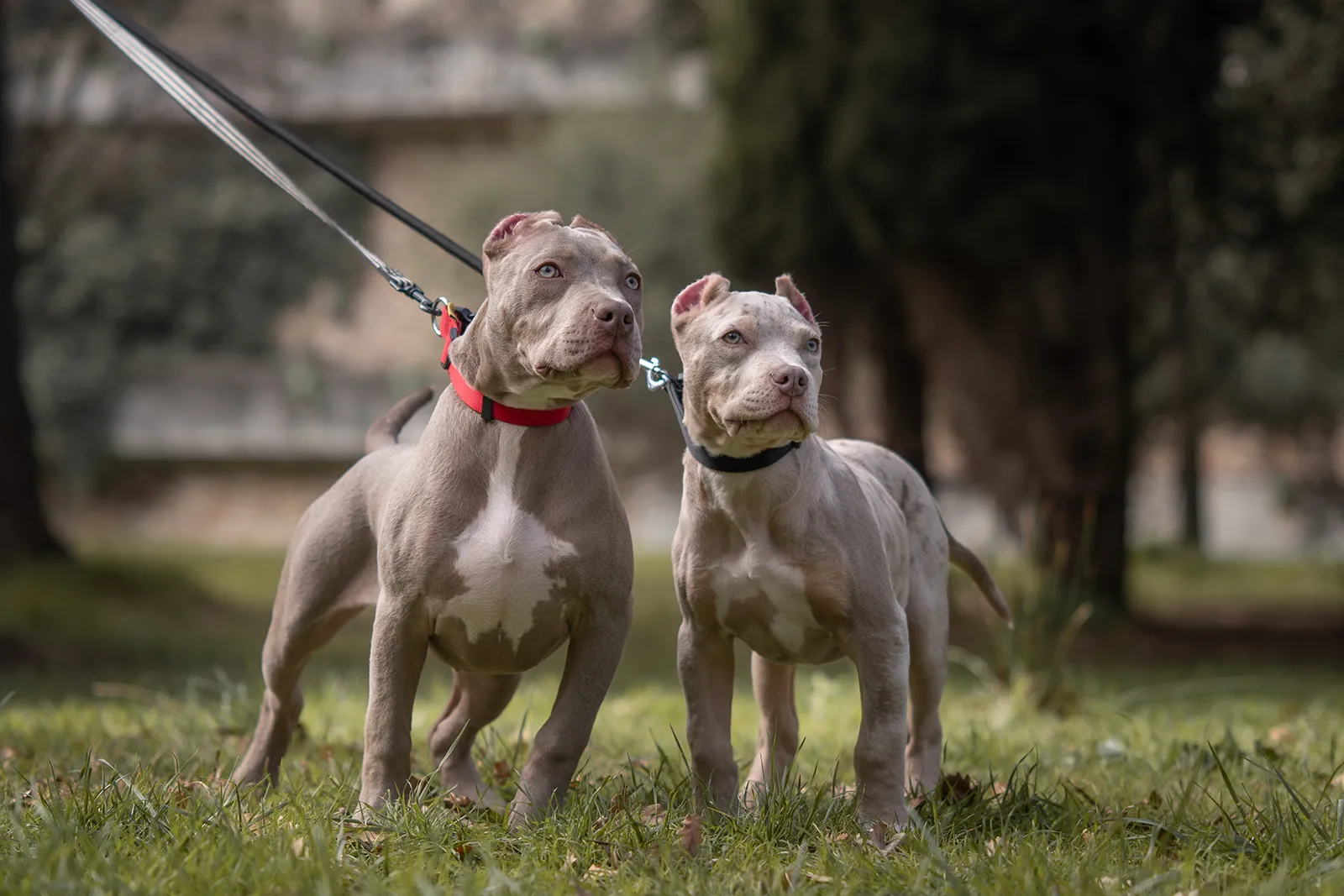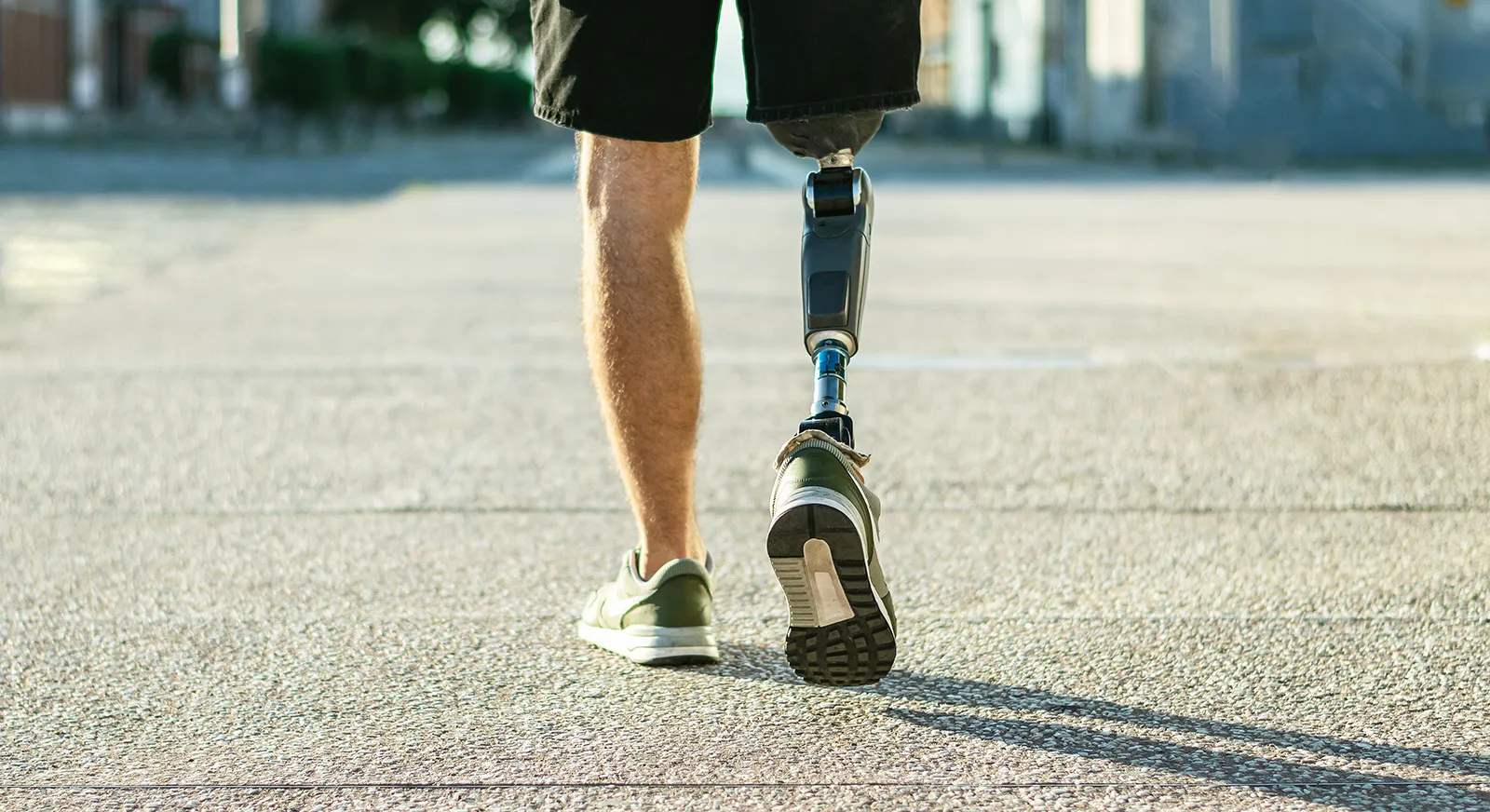Gathering evidence after a cycling accident can be helpful in more ways than you might think. Securing proof of what happened, and how the accident has affected you, puts you in a stronger position in future and keeps many options open to you.
In this blog, we’ll look at why this is the case, and give you an idea of what kinds of evidence will be most useful to you.
But – before we do – it has to be said that gathering evidence might not always be possible, particularly if you suffered severe injuries in the accident. So, all of the recommendations below have to be tempered by the caveat that you should only follow them if your health permits, and you are not risking your well-being by doing so. If you can, get others to help you as much as possible.
Why is evidence important?
Evidence is critical for compensation claims. This is because, when you make a claim, it will be down to you and your lawyers to prove the required parts of the claim you are making. This could take the form of a photograph of the accident location, showing that you had right of way, for example. Or something simpler, such as a repair bill for your bike, proving how much you had to pay.
Evidence can make a huge difference to your prospects of successfully recovering compensation in a claim.
What if I don’t want to make a claim?
Even if you aren’t thinking of making any kind of compensation claim at the moment, gathering and preserving evidence of your cycling accident, as early as possible, is never wasted time. If you decide to claim at a later date, the opportunity to secure some important evidence might have passed.
Evidence can also help you in dealing with any insurance companies that are involved. If someone else was involved in the accident and they decide to make a claim against you, having your own evidence of the accident can be invaluable. And it is worth bearing in mind that this other party will have up to 3 years after the accident in which to make a claim themselves. It can be difficult to remember details of an accident so long after it occurred if you haven’t kept evidence to help remind you.
What does evidence need to prove?
If you are making a personal injury claim for your cycling accident, you will be trying to prove that someone else was negligent and that their negligence caused you to suffer injuries and other losses. In most cases, this ‘someone else’ will be another road-user, such as a motorist, pedestrian or another cyclist. But it could be a person or organisation responsible for maintaining a safe road surface or who has caused a hazard to be present in the road.
In any of these situations, useful evidence should help to prove one or more of the following:
- How the accident happened
- That another person or organisation was responsible for the accident
- That this other person or organisation caused your injuries and any other losses (such as damage to your bike etc)
- The extent of your injuries and the value of any other losses you incurred
We’ll cover some examples of evidence below, as well as the forms it usually takes after a cycling accident.
Examples of useful evidence in a cycling accident claim
- If there was a collision with another vehicle, the name/contact details/insurance details of the driver as well as the vehicle registration number.
- If the driver drove off without providing their details, any other information about the vehicle can be useful, such as descriptions of the vehicle and driver. You need to report the matter to the police. It may be possible to make a claim through the Motor Insurance Bureau in these situations.
- Photographs of:
- Your bike
- Any other vehicles involved
- The accident location. If this shows the vehicles involved in situ after the accident then this can help to indicate how the accident happened and establish fault. However, even photographs of the accident location itself can be useful to get an idea of what happened
- The injuries you sustained – if these are visible
- Damaged items, clothing, and safety equipment
- Any defects or hazards on the road surface (e.g. spillages, potholes, a badly maintained cattle grid etc.) – if they were the cause of your accident
- Video footage from any CCTV cameras or a helmet camera, if possible, in order to see how the accident happened. If any vehicles involved or nearby had dash cams, footage from those can also be helpful.
- Names and contact details of any witnesses (see below).
- Police reports (see below).
- Any written records you’ve kept about the accident, such as diary entries or any notes you’ve written. If these were made when the details were still fresh in your mind, they can be valuable reminders of the events as they happened.
- Receipts and bills for expenses you’ve incurred because of the accident, e.g. the costs to repair your bike or replace items like your safety gear or damaged personal items.
Witness statements
A witness can be anyone who saw the accident or anyone who was directly involved. If possible, try to obtain the contact details of anyone who saw the accident and ask them if they would be willing to be contacted to provide a statement at a later date.
You don’t need to worry about obtaining a statement from them yourself, that’s something your solicitors can handle if you make a claim.
Witness statements can be very useful evidence, especially if the witness is someone unconnected with you. What they saw can help to confirm the facts of the accident.
Witness evidence also can be gathered from any friends or family who are looking after you following the accident. If they are providing care and assistance for you, and helping you with daily tasks which your injuries prevent you from doing, their statements can help to illustrate the severity of your injuries and how they have affected your life.
Police reports
If the police attended the scene of your accident, it is important to contact them afterwards to obtain a copy of the police report and ask to be informed of any future information (e.g. any future witnesses coming forward).
The police report, if one is produced, can be extremely valuable evidence in establishing who was at fault for this accident. This is due to the details which are included and the impartial position of the police. Reports may provide details of the parties involved and any witnesses; confirm the time and location of the accident; and provide a description of the accident’s circumstances, sometimes with photographs and diagrams.
Evidence of your injuries
Proving the injuries you’ve suffered and how they’ve been caused by the accident is usually done through a medical report, written by an independent medical expert. Our blog here has more information on the process.
However, it can be useful to keep your own records of how your injuries have progressed over time, how they have felt on good days and bad days, and how they have affected your life. This will help you to remember these details, even a long time after the accident, and can be particularly useful when speaking to the independent medical expert at your medical examination.
Finding out more
If you’ve been involved in a cycling accident, you can find out more about making a claim on our dedicated page, or you can get in touch with us for a free, no-obligation about your circumstances.
Further Reading
From one of the UK’s most read legal blogs.


